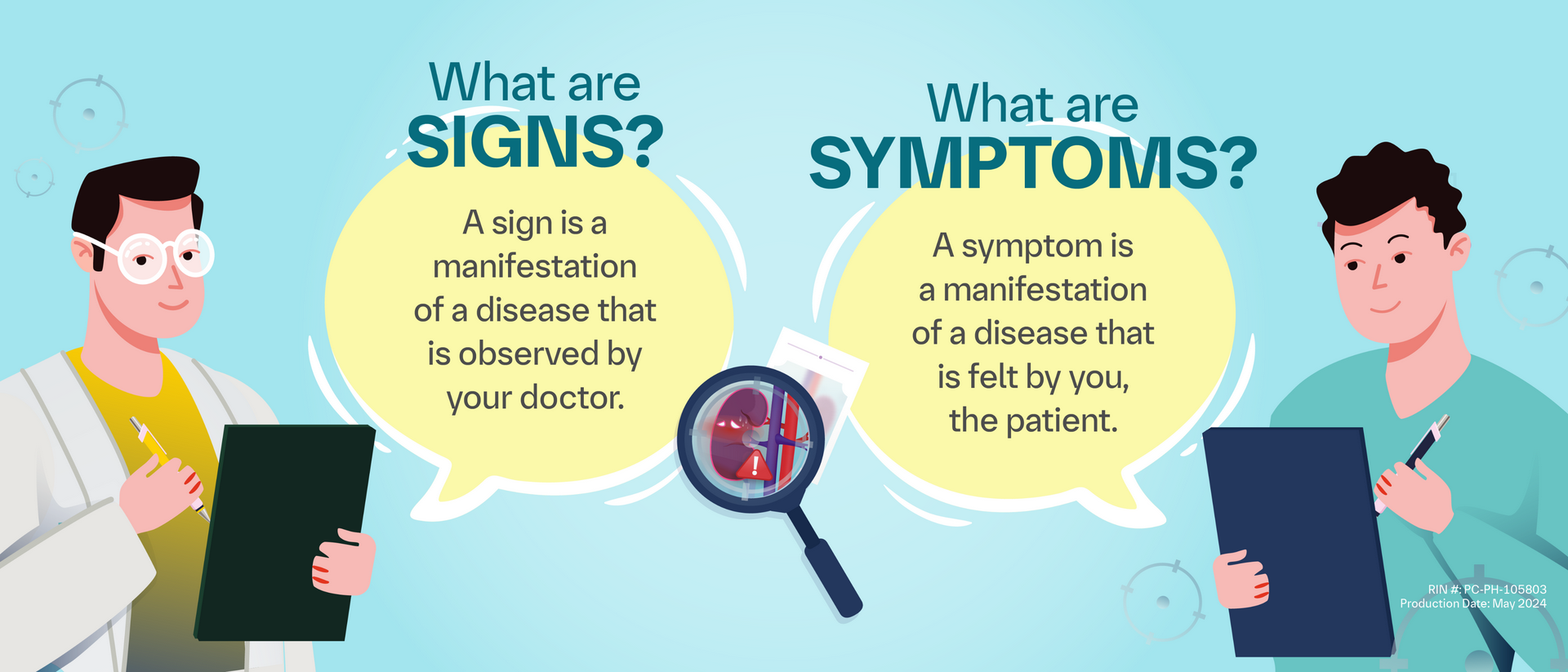Understanding Symptoms and Signs of Illness: A Guide to Health Management with Dr. Maya
"Every person seeking professional (doctors) attention comes with the story of an illness as they have lived, experienced and, remember it, and so it always vary. [Ref: Kadiyali Srivatsa, Preprinted Assessment Sheet, BMJ (1996)]
The duty of Dr Maya is to listen to the story, identify the colour of the symptom, and search for information tailerd to you better than any doctor or nurse, because Chat GPT has access to the latest publications, articles about the symptoms, signs and disease, so it is safe and relaible.
Our bodies are constantly sending us signals about our health. These signals, known as symptoms (what you feel) and signs (what others can observe), provide valuable clues about your well-being. Recognising and managing these early warnings can prevent illness from worsening and help avoid unnecessary panic.
This article introduces a systematic approach to understanding symptoms and signs, emphasising how to differentiate between minor and serious illnesses. We’ll also explain how to use the innovative Dr. Maya color-coded system to guide your health decisions effectively.
What Are Symptoms and Signs?
- Symptoms are subjective experiences, (sou cannot see but feel) like headache, fever, or fatigue, that only you can feel.
- Signs are observable phenomena (you can see, touch, hear, smell, taste) like rashes, swelling, or abnormal breathing, that others can notice.
Both play a critical role in diagnosing health conditions. The key is recognising patterns and understanding when they signal a minor issue or a serious problem.
How to tell the story of your illness
Doctors do not diagnose any illness based on single symptom, and use combination of 3-4 symptoms.For example fever, cough, rash or chest pain does not help them differentiate minor from serious illness. Dr Maya also expect you to say the type of fever - mild, moderate, very high fever, also mention the temperature, and if you dont have fever mention you have no fever.
Please write down the list of symptoms, along with the description.
- I have mild/moderate/very high fever, feeling hot and cold, sweaty at times, and sore throat with white spots, and dry/productive/wheezy/barking cough.
- You can download Dr Maya APP that has list of promptoms to use, so you dont have to type
Common Symptoms and What They Might Mean
SymptomPossible CausesManagement Tip
| Fever | Infection, inflammation, or heat-related illness, can also be environmental | Monitor duration; hydrate; consult Dr. Maya |
| Cough | Viral infection, allergies, or lung irritation | Check for duration and associated symptoms |
| Fatigue | Stress, anemia, thyroid issues, or infection | Rest; consider doctor consultation if persistent |
| Rash | Allergies, infections, or autoimmune disorders | Observe changes; use Dr. Maya to assess severity |
Dr. Maya’s Color-Coded Symptom Management System
Dr. Maya uses an easy-to-follow color-coded system to help you decide whether to self-manage, consult a doctor, or seek emergency care. The system is based on the severity and combination of your symptoms.
1. Red (Doctor Consultation Required)
- What it Means: Indicates the need to speak with a doctor. Not necessarily an emergency, but professional advice is essential.
- Examples: Persistent high fever, chest pain, severe abdominal pain.
- Action: Consult a qualified doctor and avoid relying on nurses or chemists for these symptoms.
2. Blue (Possible Infection - Isolation Advised)
- What it Means: Symptoms suggest an infection. Isolation might be necessary to prevent spreading to others.
- Examples: Fever with chills, persistent cough, loss of taste or smell.
- Action: Isolate yourself, monitor symptoms closely, and consult a doctor.
3. Green (Chemist or Nurse Can Help)
- What it Means: Indicates a mild condition manageable with over-the-counter medication or advice from a nurse.
- Examples: Mild sore throat, non-persistent cough.
- Action: Speak with a pharmacist or nurse; avoid hospital visits unless symptoms worsen.
4. Yellow (Self-Management Possible)
- What it Means: Symptoms are mild and manageable at home.
- Examples: Common cold, mild headache, minor rashes.
- Action: Rest, hydrate, and use home remedies. Use Dr. Maya’s guidance if symptoms persist or combine with other colors.
How to Differentiate Minor from Serious Illness
- Look for Duration: Persistent symptoms lasting more than 3-5 days often need medical attention.
- Check Severity: Severe pain, difficulty breathing, or high fever are warning signs.
- Observe Patterns: Combinations of symptoms (e.g., fever with rash) may indicate serious illness.
- Use Dr. Maya’s Color Codes: A reliable way to prioritise your next steps.
Why Isolation Matters for Infections
If your symptoms fall under the Blue Code, isolation becomes crucial. Many infections, especially respiratory illnesses, can spread quickly in crowded settings. Dr. Maya encourages isolation in such cases to protect you and those around you. If symptoms worsen, contact emergency services or consult a doctor immediately.
When to Seek Emergency Care
Certain signs require immediate medical attention, regardless of the color code. These include:
- Difficulty breathing or severe chest pain
- Sudden confusion or inability to stay awake
- Severe injuries or uncontrolled bleeding
Empowering Health Management with Dr. Maya
Dr. Maya’s system is designed to empower individuals to make informed health decisions. By understanding the color codes and observing symptom patterns, you can:
- Manage minor illnesses confidently at home
- Prevent unnecessary hospital visits, reducing cross-infection risks
- Seek timely medical advice for serious conditions
Conclusion
Understanding symptoms and signs of illness is the first step toward effective health management. With the help of Dr. Maya’s color-coded system, you can take control of your health, alleviate unnecessary anxiety, and contribute to a healthier community.
Remember: Your health is in your hands. Use Dr. Maya to navigate your symptoms wisely and consult a healthcare professional whenever in doubt. Together, we can create a world where basic healthcare is accessible, efficient, and empowering for all.

